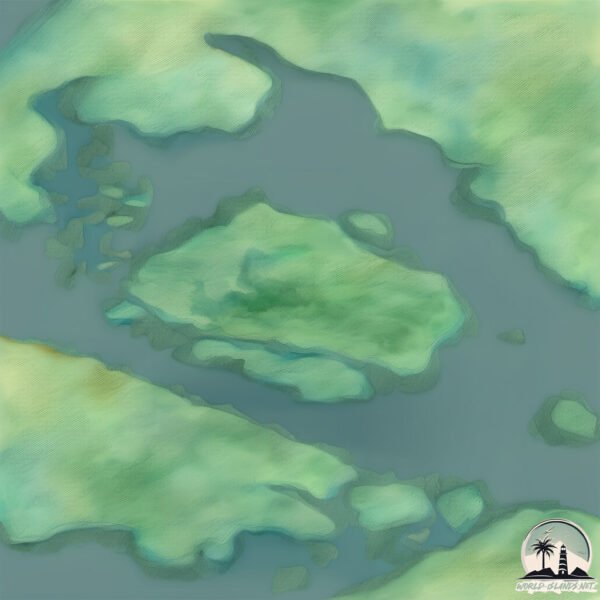Welcome to Gurd , a Temperate island in the The Coastal Waters of Southeast Alaska and British Columbia, part of the majestic Pacific Ocean. This guide offers a comprehensive overview of what makes Gurd unique – from its geography and climate to its population, infrastructure, and beyond. Dive into the details:
Geography and size of Gurd
Size: 14.7 km²Coastline: 32.2 kmOcean: Pacific OceanSea: The Coastal Waters of Southeast Alaska and British ColumbiaContinent: North America
Gurd is a Medium Island spanning 15 km² with a coastline of 32 km.
Archipel: –
Tectonic Plate: North America – Covers North America and parts of the Atlantic and Arctic Oceans, characterized by diverse geological features and varying levels of seismic activity.
The geographic heart of the island is pinpointed at these coordinates:
Climate and weather of Gurd
Climate Zone: TemperateClimate Details: Temperate Oceanic ClimateTemperature: Warm Summer
Climate Characteristics: Known for its moderate year-round temperatures with ample rainfall and no dry season. Warm summers are characteristic.
Topography and nature of Gurd
Timezone: UTC-08:00Timezone places: America/Los_AngelesMax. Elevation: 133 m Mean Elevation: 46 mVegetation: Evergreen Needleleaf ForestTree Coverage: 88%
The mean elevation is 46 m. The highest elevation on the island reaches approximately 133 meters above sea level. The island is characterized by Plains: Flat, low-lying lands characterized by a maximum elevation of up to 200 meters. On islands, plains are typically coastal lowlands or central flat areas.
Dominating Vegetation: Evergreen Needleleaf Forest
Vegetation: 6 vegetation zones – Very Highly Diverse Island
Infrastructure and Travelling to Gurd
Does the island have a public airport? no .
Does the island have a major port? no .
The mean population of Gurd is 0 per km². Gurd is Uninhabited. The island belongs to Canada .
Continuing your journey, Goschen is the next notable island, situated merely km away.
Corrupt Rikers Island Guard Reveals How He Got Taken Down By The DEA | INSANE True Crime Story
Discover the shocking story of Steven Dominguez, a corrupt Rikers Island prison guard who reveals how he was taken down by ...
Corrupt Rikers Island Guard Reveals How He Got Taken Down By The DEA | INSANE True Crime Story
Discover the shocking story of Steven Dominguez, a corrupt Rikers ...
Discover the shocking story of Steven Dominguez, a corrupt Rikers Island prison guard who reveals how he was taken down by ...
Inside America's Most Dangerous Prison: Gangster & Rikers Island Guard Talk Violence | Crime Stories
In this unique episode of Crime Stories, ex-Blood gang leader Shanduke ...
In this unique episode of Crime Stories, ex-Blood gang leader Shanduke McPhatter meets former corrections officer Steven ...
Rikers Island Guard Exposes The Shocking Reality Of Women's Prison Cell Smells | Leroy Ebron
Delve into the gripping narrative of Leroy Ebron, a former Rikers ...
Delve into the gripping narrative of Leroy Ebron, a former Rikers Island prison guard who endured 22 years within the depths of ...
Canada is classified as Developed region: G7: Group of Seven – Major advanced economies, including Canada, France, Germany, Italy, Japan, the United Kingdom, and the United States. The level of income is High income: OECD.
News – Latest Updates and Headlines from Gurd
Stay informed with the most recent news and important headlines from Gurd. Here’s a roundup of the latest developments.
Loading...
Please note: The data used here has been primarily extracted from satellite readings. Deviations from exact values may occur, particularly regarding the height of elevations and population density. Land area and coastline measurements refer to average values at mean high tide.

